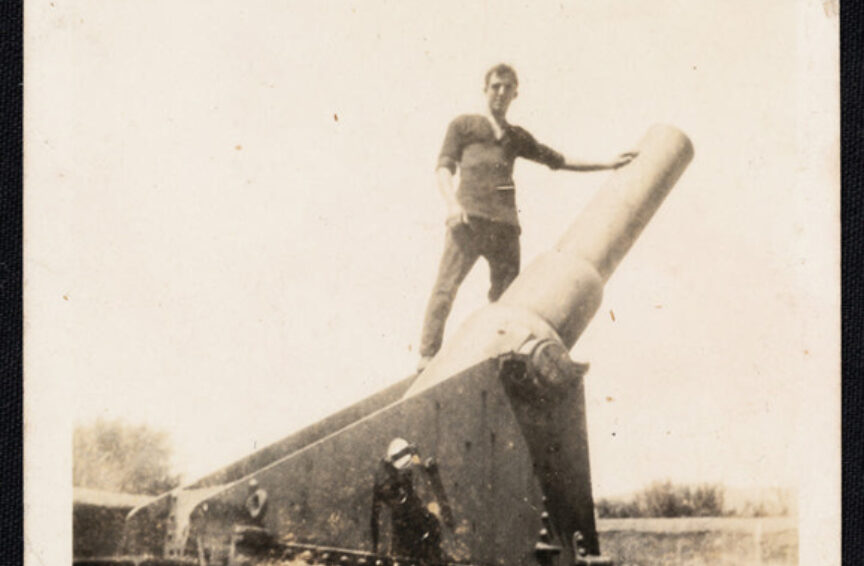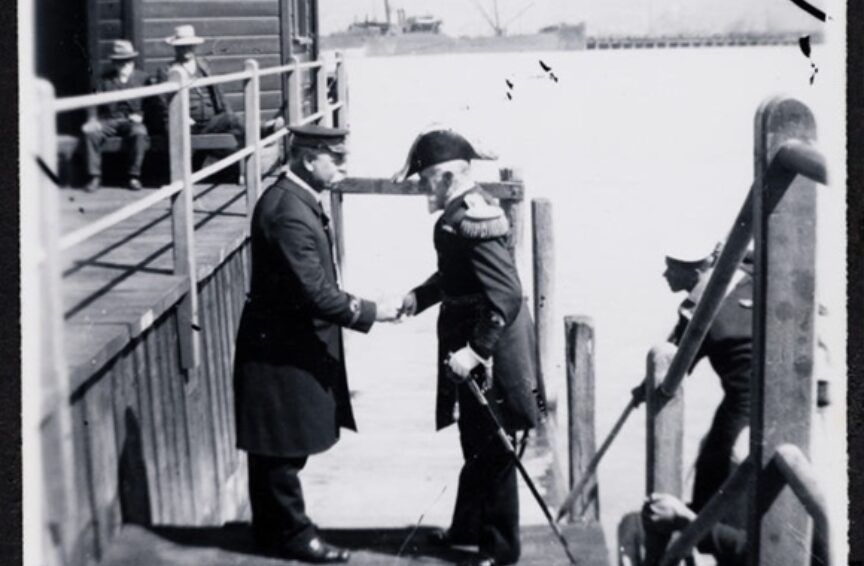PO Box 95
Lyttelton 8841
Te Ūaka recognises Te Hapū o Ngāti Wheke as Mana Whenua and Mana Moana for Te Whakaraupō / Lyttelton Harbour.
The Defender of Whakaraupō, Torpedo Boat No. 168
For much of the 19th century the British Empire was in fierce competition with the Russian Empire, from Crimea on the Black Sea to the vastness of Central Asia and the threshold of the British Raj on the Indian subcontinent. By the early 1800s the growing reach of the Imperial Russian navy in the Pacific theatre was causing concern as far afield as Her Majesty Queen Victoria’s Australasian colonies. In response, the British colonial authorities in New Zealand began the construction of coastal fortifications around prominent ports, including the Port of Lyttelton. This was accompanied by the commissioning of four innovative naval vessels, spar torpedo boats, to bolster the coastal defences against the Russian threat.
Torpedo Boat No. 168, the Defender, the first of four Defender-class Thornycroft Spar Torpedo Boats, was built in 1883 in Chiswick, London by John I Thornycroft & Co. Nineteen metres in length, she displaced 12 imperial tons and was steam-powered with a 173 hp (129 kW) engine propelling a maximum ramming speed of 17.5 knots. Armed with a McEvoy spar torpedo on her bow, and a two-barrel Nordenfelt machine gun, Defender was designed to ram and explosively breach enemy warships below their waterline. She was delivered to New Zealand in 1884 along with the Taiaroa (Port Chalmers), Waitemata (Devonport), and Poneke (Wellington). Defender was stationed in Lyttelton Port and initially moored off Gladstone Quay with Harbourmaster and Naval Brigade Captain Hugh McLellan commanding a crew of ten Lyttelton Naval Volunteers, supported by five members of the Armed Constabulary. On 1 January 1885, Defender made her public debut at the New Year's Day Regatta doing the rounds of the inner harbour to the cheers of some 10,000 spectators.
Later that year, at the height of the ‘Russian Scare’, Defender was moved to the newly requisitioned defence reserve of Bakers Bay. Housed in a purpose-built torpedo boat shed and slip alongside the powder magazine building – for which the bay would later be renamed Magazine Bay – the site was positioned beneath the newly constructed Fort Erskine gun emplacement that also protected the port’s inner harbour. Unfortunately, design flaws in the slip’s construction made torpedo boat deployment somewhat challenging (if not impossible!), during high tide or inclement weather. This rather fatal flaw, coupled with the apparently onerous 20 minute walk around to Bakers Bay from Ōhinehou Lyttelton, meant the Navals made little use of the Defender, and with no dedicated engineer she soon rusted in her shed.
This sorry state of military affairs became embarrassingly public in April 1886 when the British Royal Navy’s Rear-Admiral Robert Scott arrived in Whakaraupō Lyttelton Harbour to inspect the Colony’s coastal defences. Informed that he would have to wait a day or two for the winds to calm before Defender could be deployed, when he finally boarded, her rusty unmaintained engines manned by an equally rusty crew could only manage 12 knots, or the “pace of a good passenger launch”. As the Lyttelton Times quipped, a gigantic placard should be erected on Godley Head with the warning:
“To Russians and all others whom it may concern. Hostile parties wishing to shell the Port of Lyttelton are requested to time their visit for fine weather, otherwise they cannot be fittingly received by the local authorities. Enemies disregarding this notice are hereby warned that they do so at their own risk, peril, and inconvenience.”
Nonetheless, after the Rear-Admiral’s visit Defender was upgraded with two Whitehead mobile torpedoes later that year and remained on duty in Whakaraupō waters, moored by the Dry Dock but still unused, through to 1899. By that time the threat of war with the Russian Empire had long waned, so she was decommissioned and sold to local steam boat operator Mark Thomas, who salvaged parts and left the hull at Purau Beach for generations of children to play on. By 1958 the last remains of the valiant Defender were lost to the sands.
Four decades later, using 1958 aerial photography and military assistance, David Bundy initiated an excavation for what might remain of the Defender at Purau beach. Various hull and other fragments were found, some buried up to 30 metres deep, allowing the boat to be partially restored, albeit not to her original glory. In 2003, the Lyttelton Torpedo Boat Museum Charitable Trust led by Captain John Cleaver, showcased the restored Defender in the Thornycroft Torpedo Boat Museum, housed in the historic magazine building at Magazine Bay. Run by volunteers, the museum is open on Sunday afternoons during the summer months, with Torpedo Boat No. 168, the Defender, still at the ready some 140 years after she was launched.
See also https://my.christchurchcitylibraries.com/blogs/post/defending-lyttelton-torpedo-boat-no-168-defender

